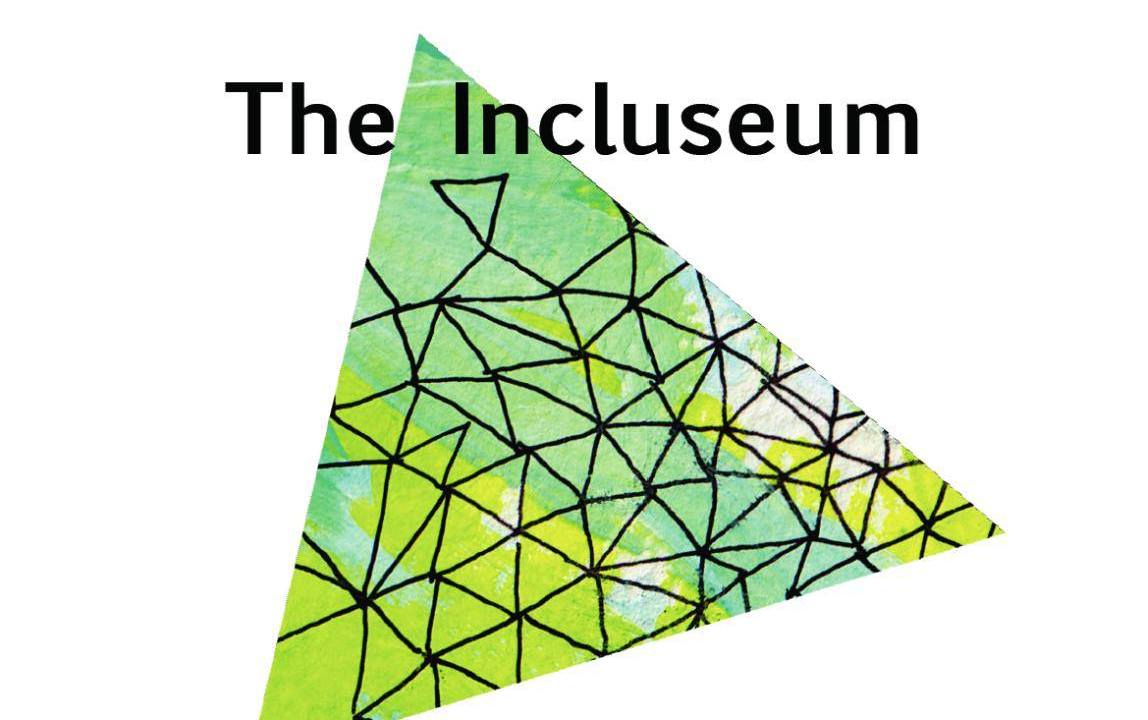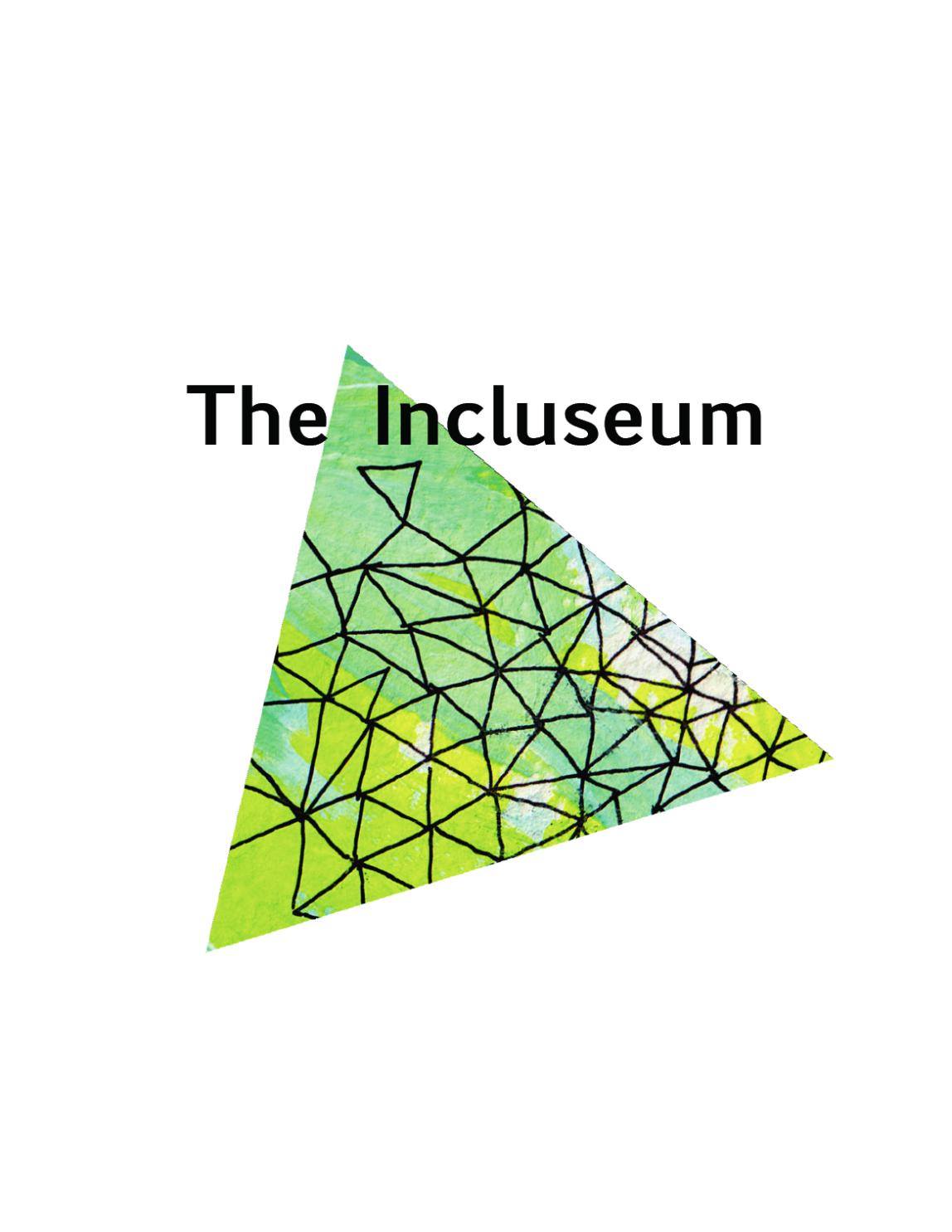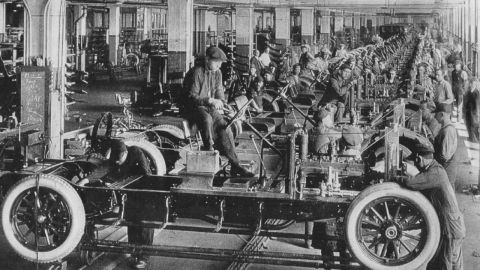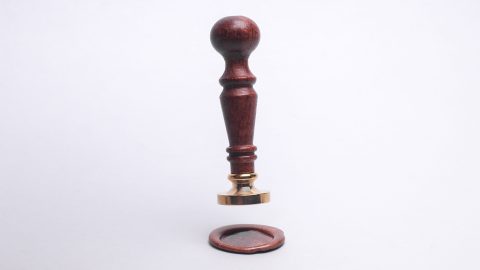
Hi–Sylvea here! Our guest authors for this post–Aletheia Wittman, Rose Paquet Kinsley, and Margaret Middleton–introduce The Incluseum’s upcoming program on workplace bias at the CFM Demo Booth during the annual meeting. The Incluseum is a project that advances new ways of being a museum through criticaldiscourse, community building and collaborative practice related toinclusion in museums. Aletheia Wittman is a cofounder, coordinator and consultant with The Incluseum. Shealso currently works as the Exhibits & Public Programs Managerat Seattle Architecture Foundation (SAF). Rose Paquet Kinsley is a cofounder and coordinator with the Incluseum and currently is pursuing doctoral studies at the University ofWashington’s Information School. Margaret Middleton is a Boston-based exhibit designer and developer with a blog called On Exhibit. Lastweek Nicole outlined CFM’s programming on museums and labor at AAM , including the CFM Demo Booth that she’s project managing. And, #MuseumWorkersSpeak introduced their slate of activities for the annual meeting. Interested in learning more about The Incluseum’s work? Read below, visit their website/ blog, follow them on Twitter, and stop by their demo!
bi•as n.: an inclination of temperament or outlook; esp : a highly personal and unreasoned distortion of judgment : PREJUDICE – American Library Association
Racial bias, ability bias, sexual orientation bias, gender bias – these are just some of the forms of bias experienced in the workplace. As museum staff and leaders, we might experience bias during day-to-day work in collections care, exhibitions, education as well as in interactions with colleagues and supervisors.
Power and identity play important roles in shaping experiences of bias. An individual from a dominant group expressing bias toward someone marginalized in society for their identity, reconstitutes the power that oppressive systems give them and also reaps the benefits. On the other hand, individuals who experience oppression themselves can be agents of bias; expressing identity bias towards someone whom they share that identity with (for example, a misogynistic woman.)
In making the claim that anyone can be the agent of bias we want to be careful not to perpetuate the myth of reverse sexism, reverse racism or reverse-any type of oppression. For example, it is a very different power dynamic at play when a woman’s behaviour is misogynistic toward other women than when a man is misogynistic toward women. A man’s bias, in this case, is institutionally reinforced and therefore, an expression of systemic sexism. A woman’s behavior or beliefs may be misogynistic or prejudiced but there is no institutionalized systematized power behind those opinions, and therefore she is not sexist.
However, even these examples fall short in describing the complex interactions of power and identity at play in experiences of bias. Experiences of bias are always intersectional; informed simultaneously by an individual’s gender, class, race, sexuality, ability and other integral aspects of identity.
This Incluseum’s Bias Cache for CFM will offer a space for sharing stories of both experiencing workplace bias and interrupting bias. Stories contributed by participants will be part of a visual display but participants will share stories anonymously. Submitted stories will be written on colorful paper and sorted by respondents into labeled jars that indicate specific museum contexts: collections, exhibitions, programming, coworkers, supervisors and human resources.
By sifting through these stories one-by-one as well as seeing where they are “adding up” visually (analogue data visualization), the Incluseum’s goal is to draw attention to the need to recognize incidents of bias in museums. However, we want to go beyond identifying and visualizing the problem. We want to share all the ways that museum workers are effectively interrupting bias in museums so that effective strategies and tools for doing so can proliferate across the field. Anonymous stories will be shared via twitter by Incluseum on Thursday and trends in the Cache will be shared through Incluseum and CFM social media on Saturday morning.
AND you can help us prepare for Bias Cache!
● What do you want to know about workplace bias in museums?
● What would you like to see as outcomes of this activity?
● What “Room Agreements” would you like to have posted on the wall in the space during this activity? An example agreement could be: “I agree to give people space as they contribute their stories” or “I agree not to question other people as they submit stories.”
You can find the Incluseum elsewhere at AAM events working with the Diversity Committee (DivCom) at a an Open Forum on Diversity & Inclusion, a field trip to the Octagon Museum, Happy Hour at Old Ebbitt Grill (more info here), and from noon-5pm at the Museums & Race Gathering for Transformation and Justice on Friday May 27 (more info here.)










I support the efforts of the Incluseum, but I think you are making a mistake which could wind up excluding some of the very people you most need to reach. While this works more broadly, let's take your example of sexism for illustration.
You said that women cannot be sexist. By saying that, you have already lost many people who will say of course they can. I agree with you that there is a very different dynamic between the sexism of a man and woman and understand your point about the systemic support for the sexism expressed by men. However, despite what you said, that is not an implicit requirement for the definition of sexism. All that is required is that one discriminates based on one's sex.
It is important to understand the differences in how that sexism in expressed, the implications of it, and the societal support behind it, I completely agree. However, by saying women cannot be sexist, you are creating the perception that you are saying that nothing women do can be considered sexually discriminatory by those very people you need to reach. I know that is not what you are really saying (or at least, I certainly hope not). But nevertheless, perception of intent is more important than the message itself in what people actually hear.
Thank you for your comment! I would like to hear more about why the statement that "women cannot be sexist" excludes readers. I think we may be defining sexism differently. The definition you use comes from the dictionary and the definition we are using comes from a usage that has evolved alongside work to better understand the way privilege and oppression relate to gender, race, ability, class, citizenship and other identities. Here, we are defining sexism as gender-based oppression. We make the distinction that women cannot be sexist, because our institutions and social, behavioral norms are patriarchal. Women's individual bias against men does not hold institutional power or social dominance and does not lead to the erasure of male voices or male lives being endangered. This definition and reading of "sexism" uses the word to refer to the institutions and means by which women are an oppressed group.